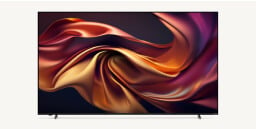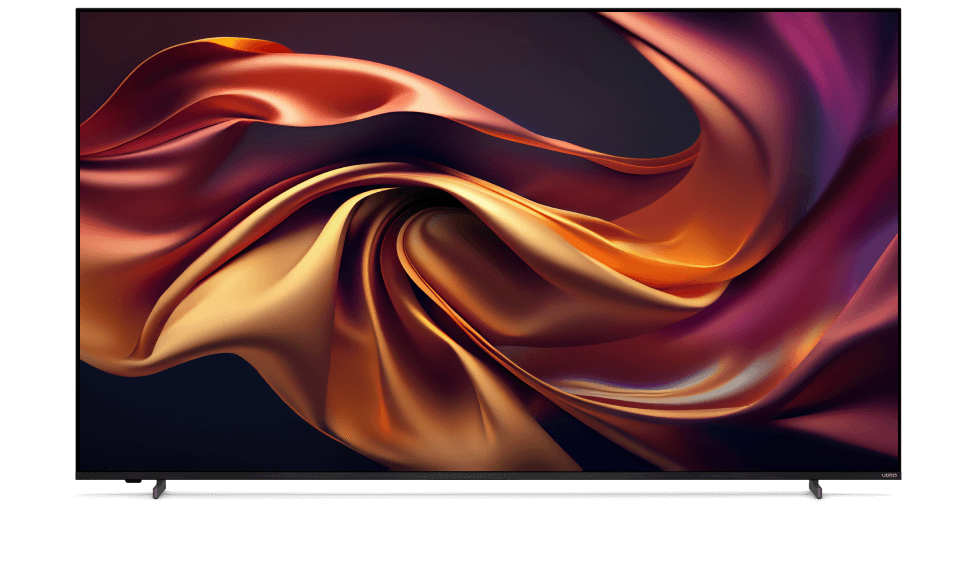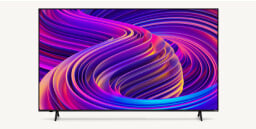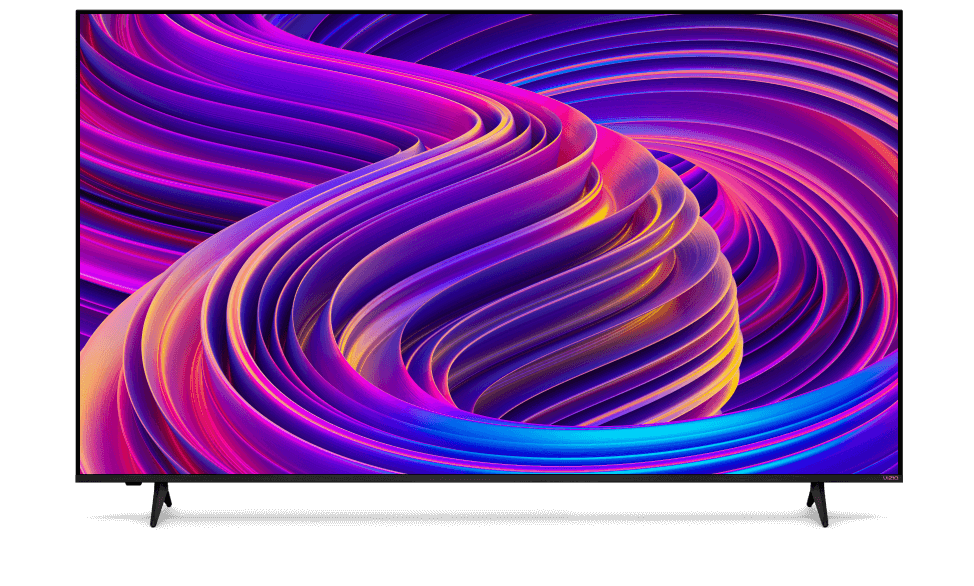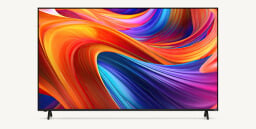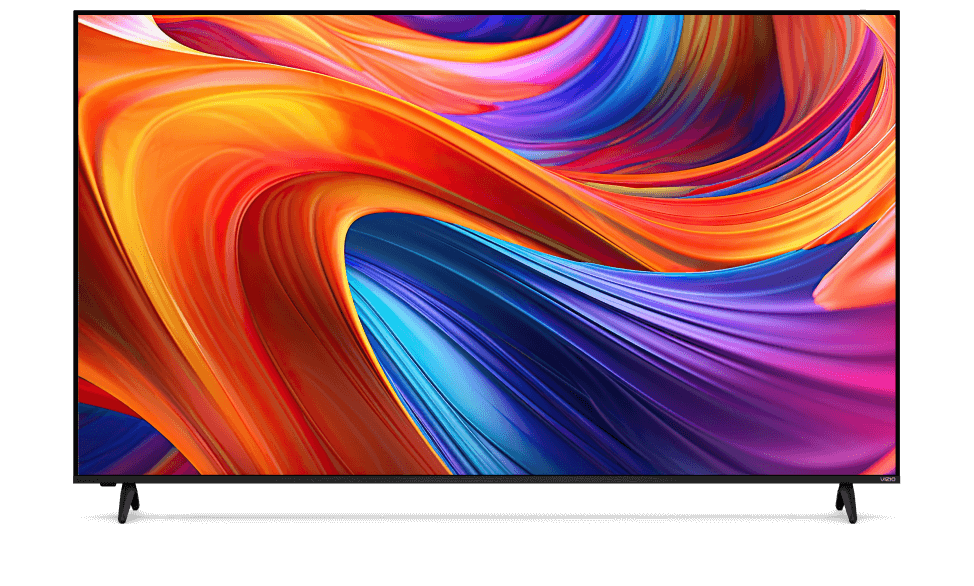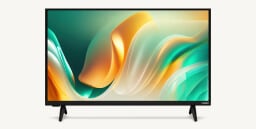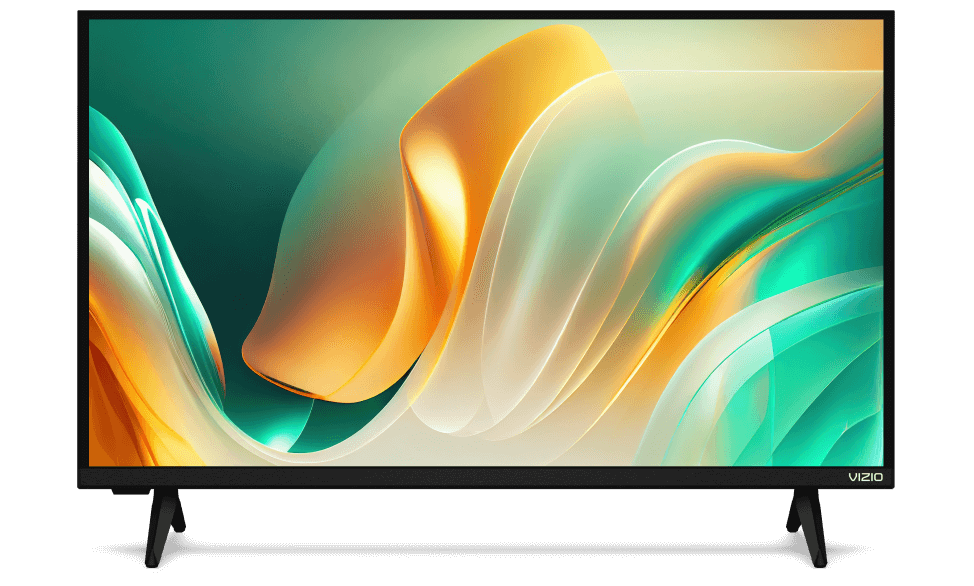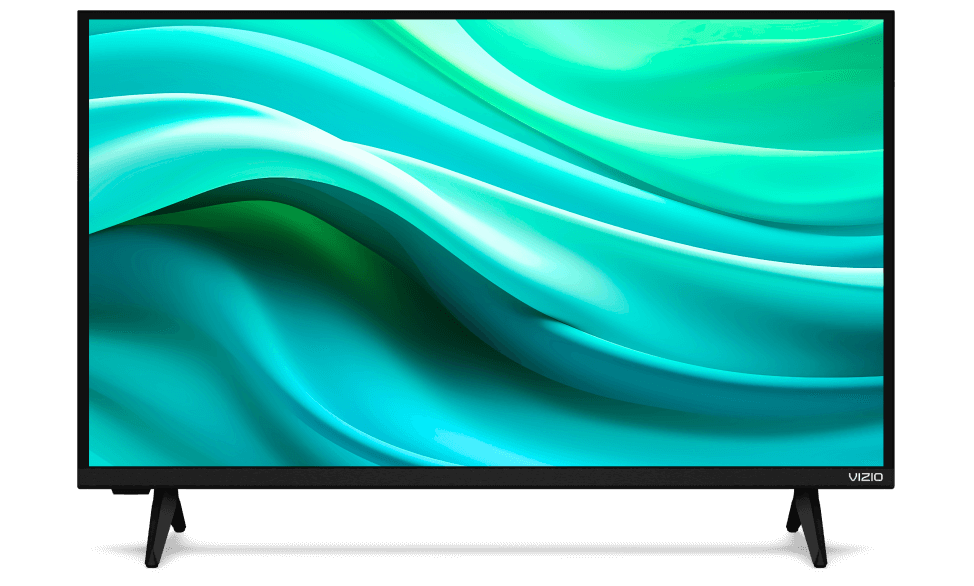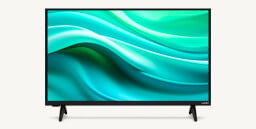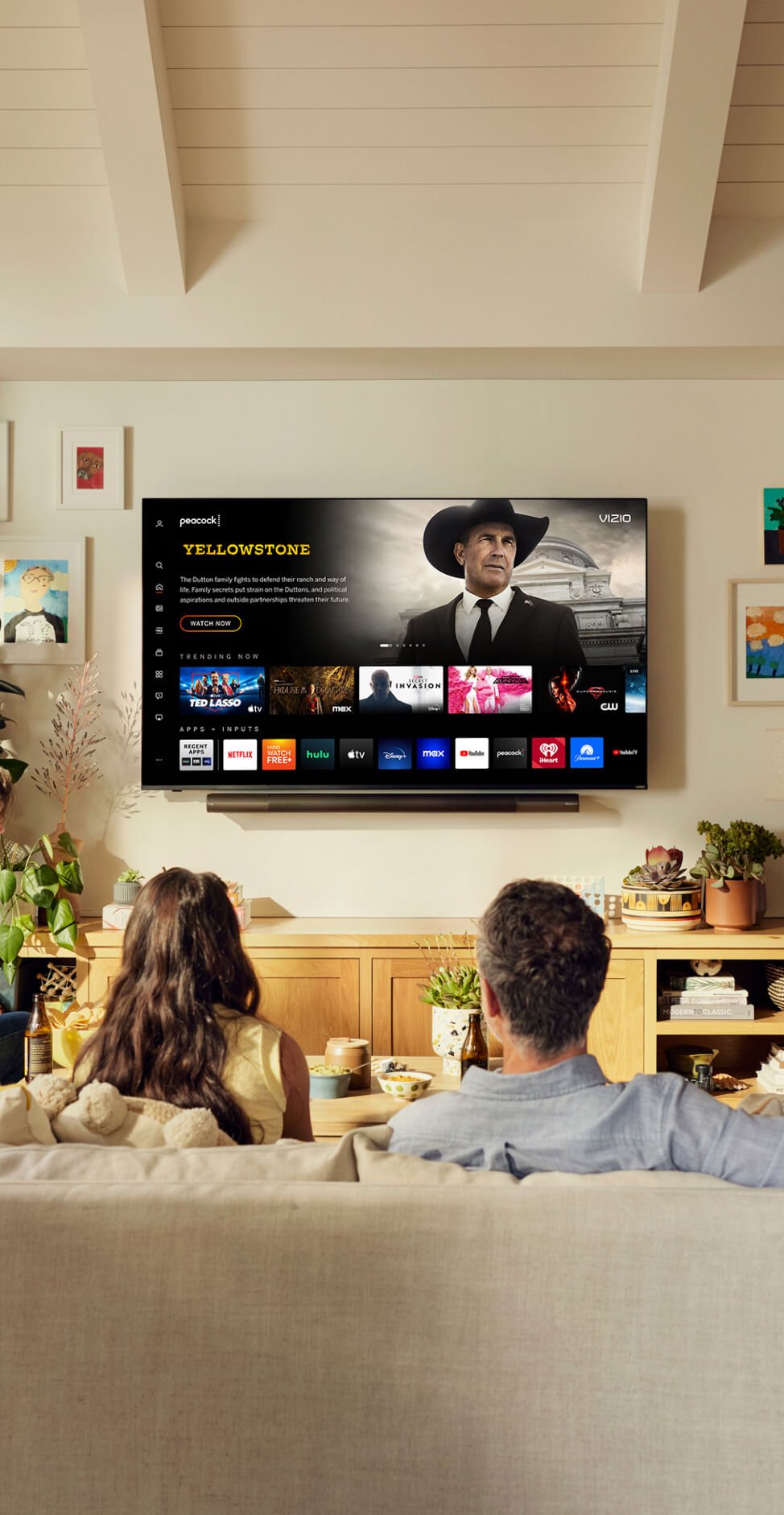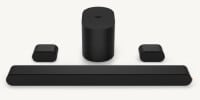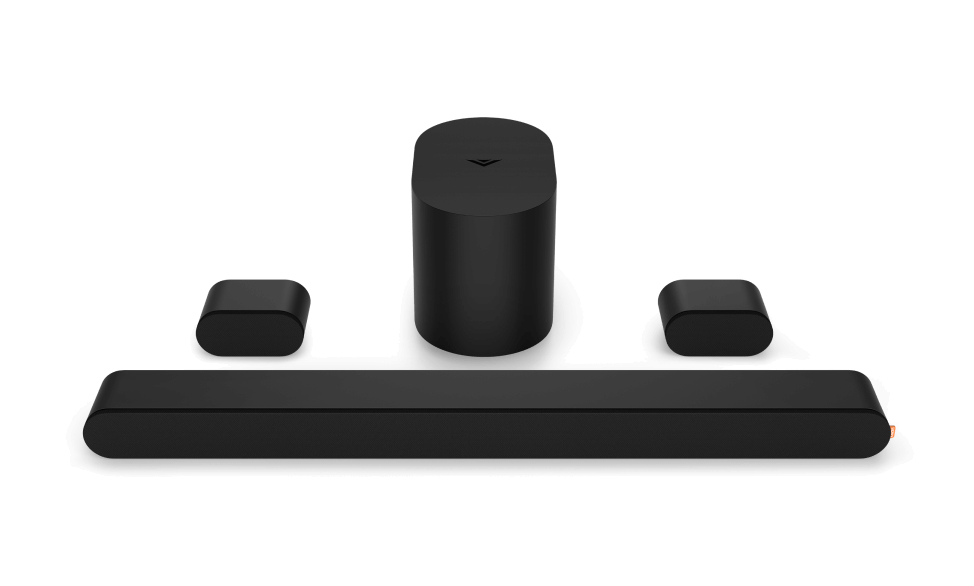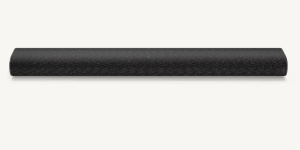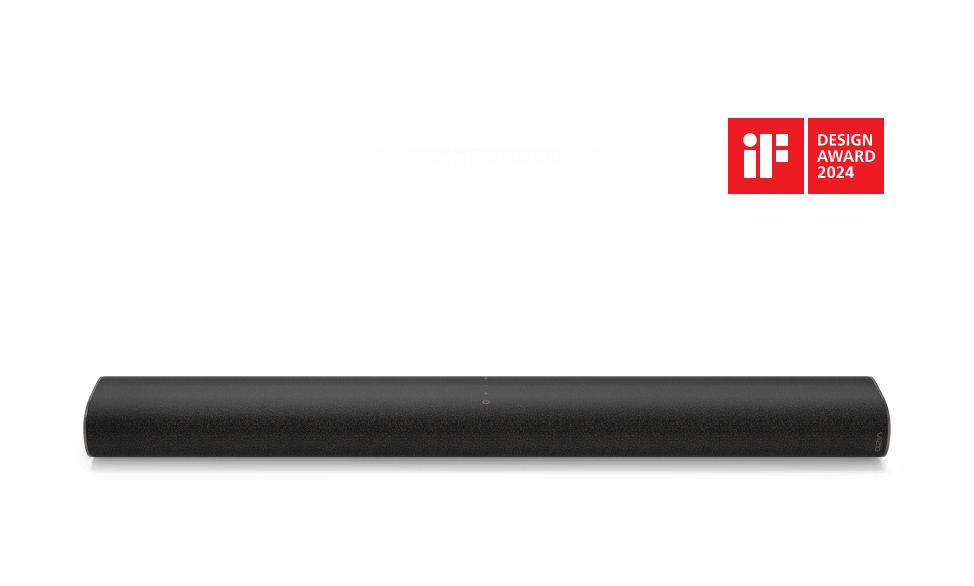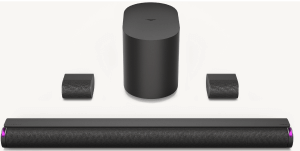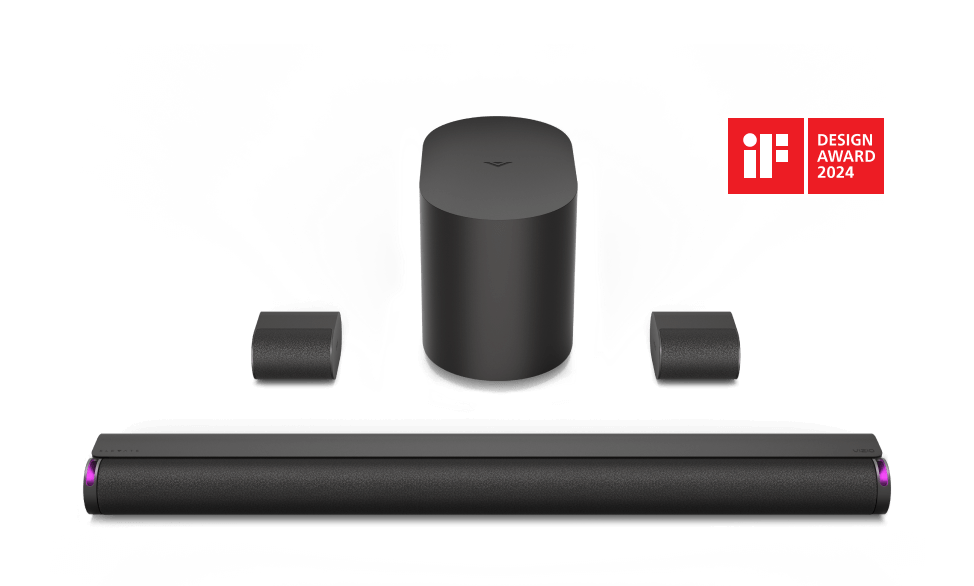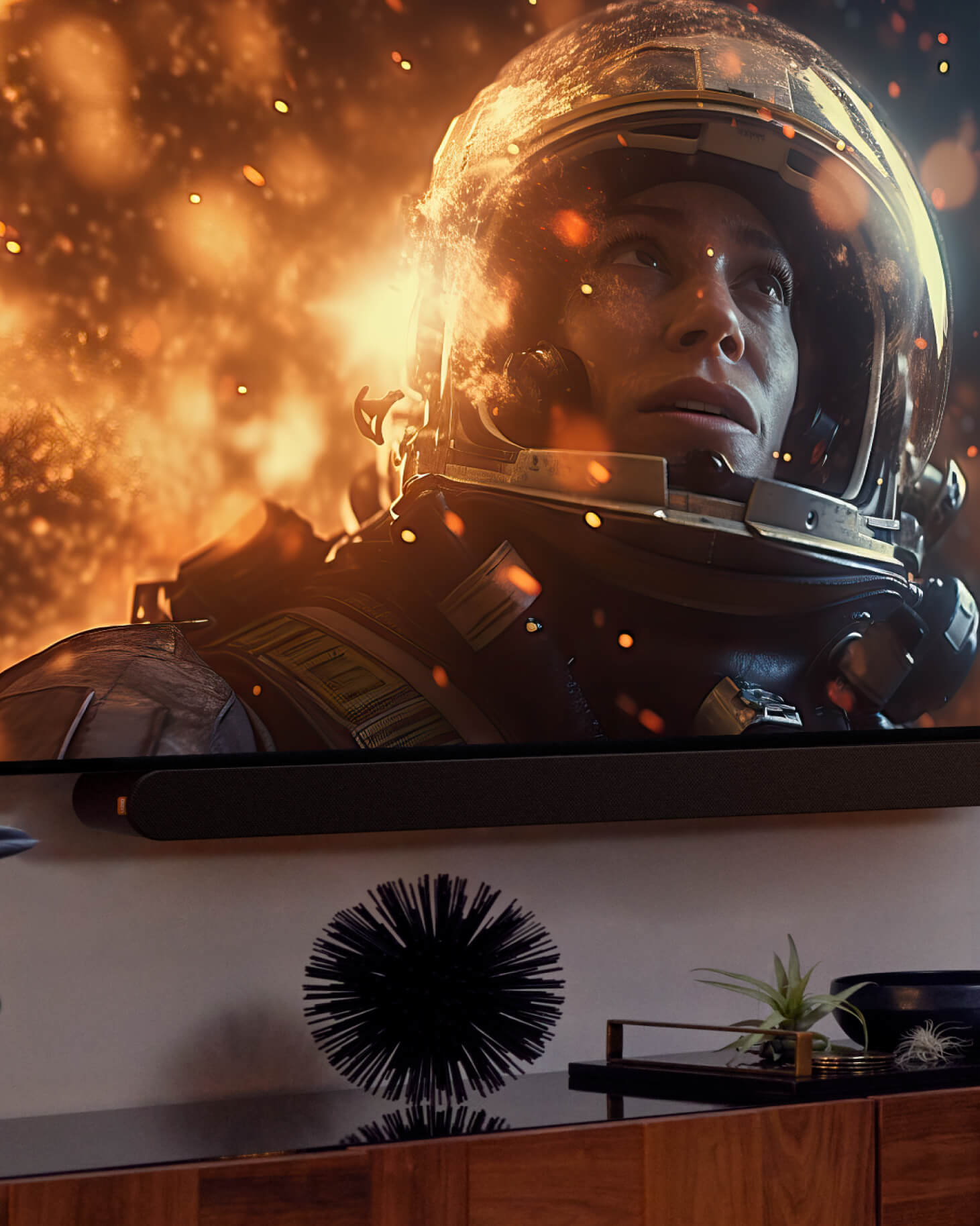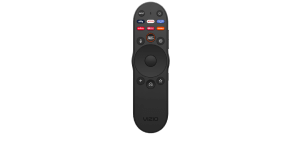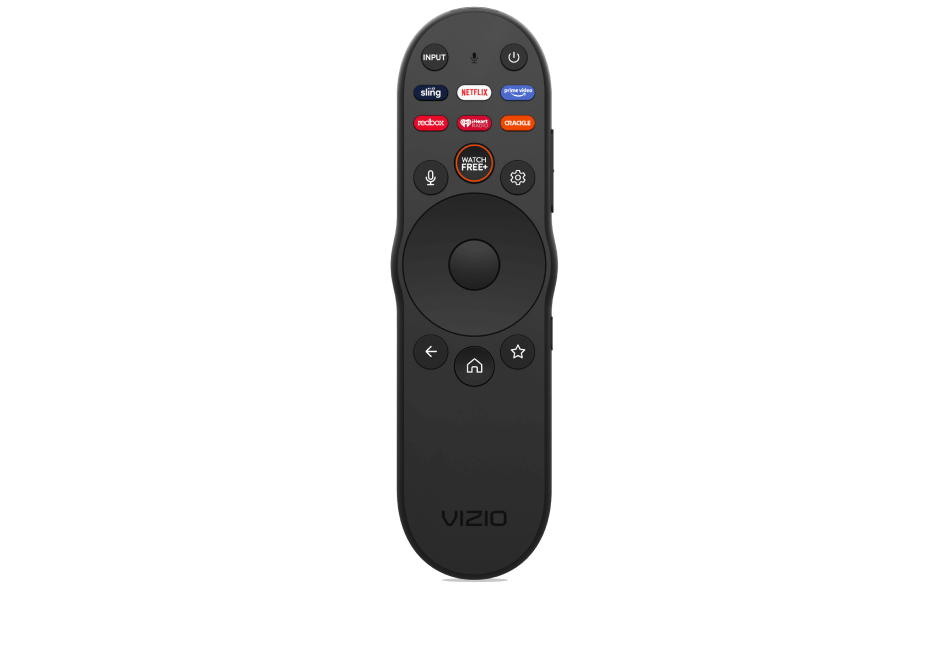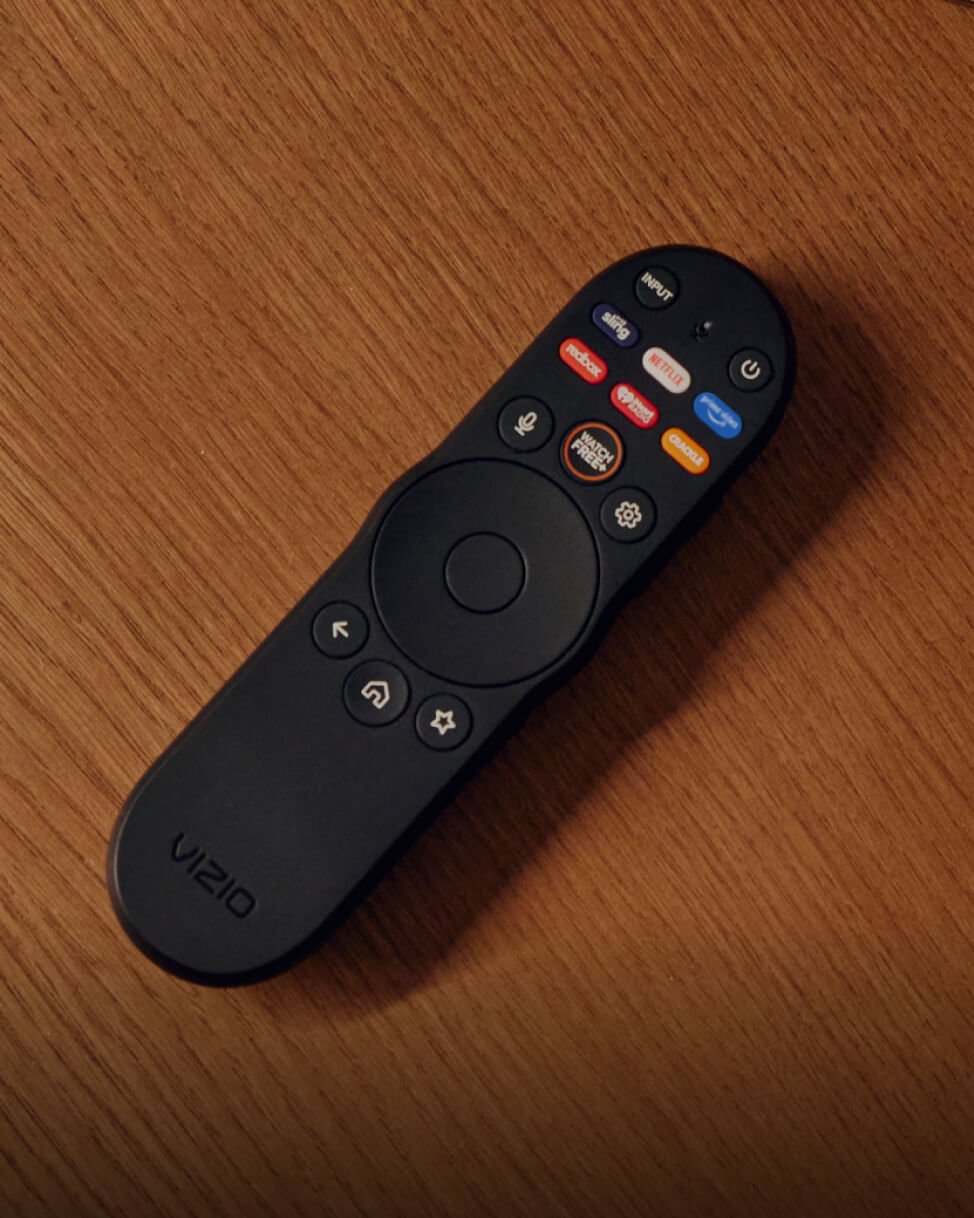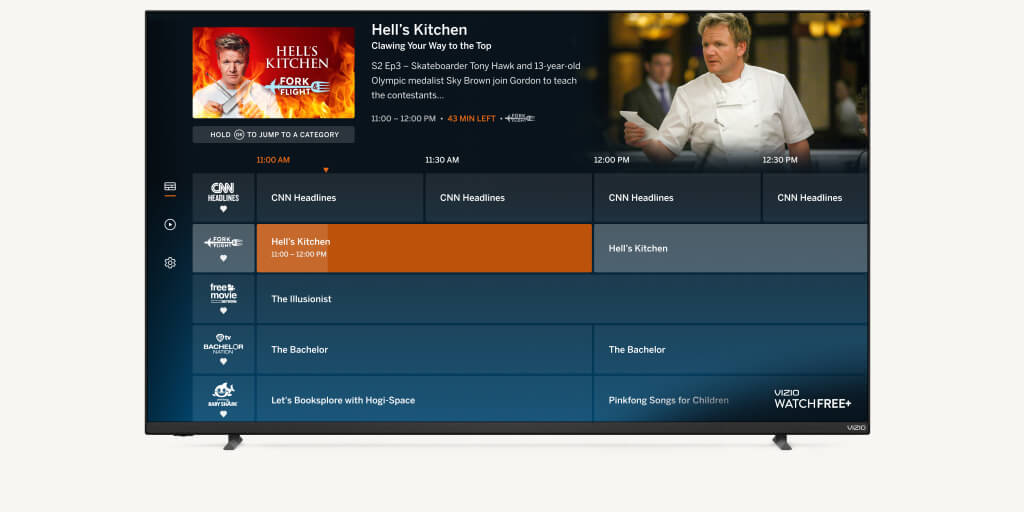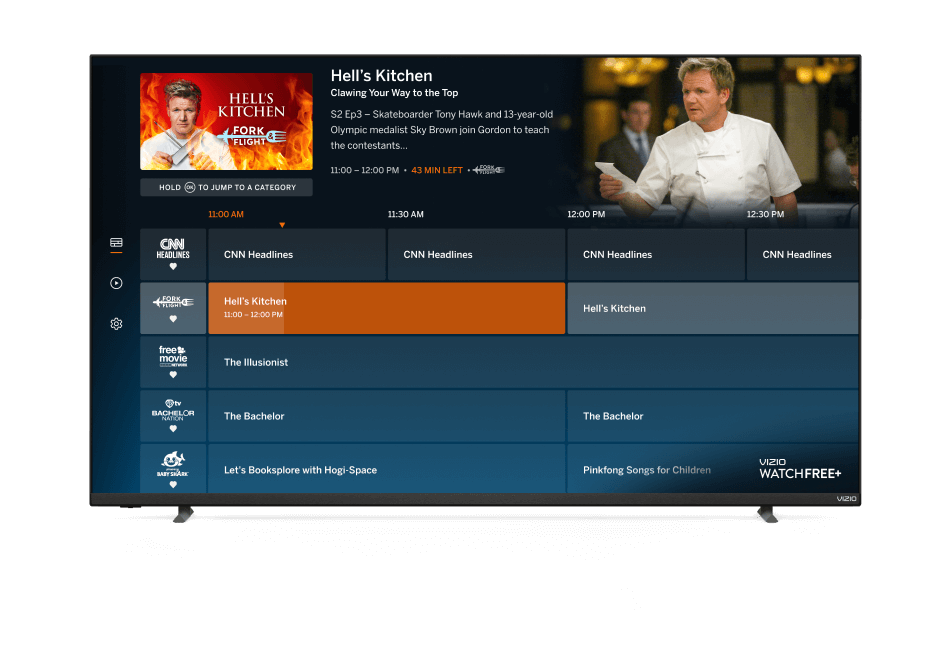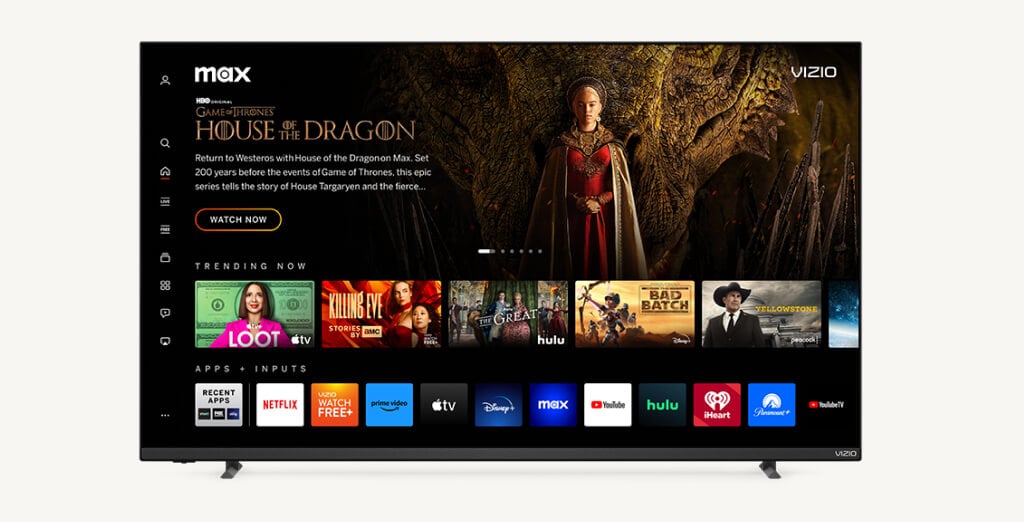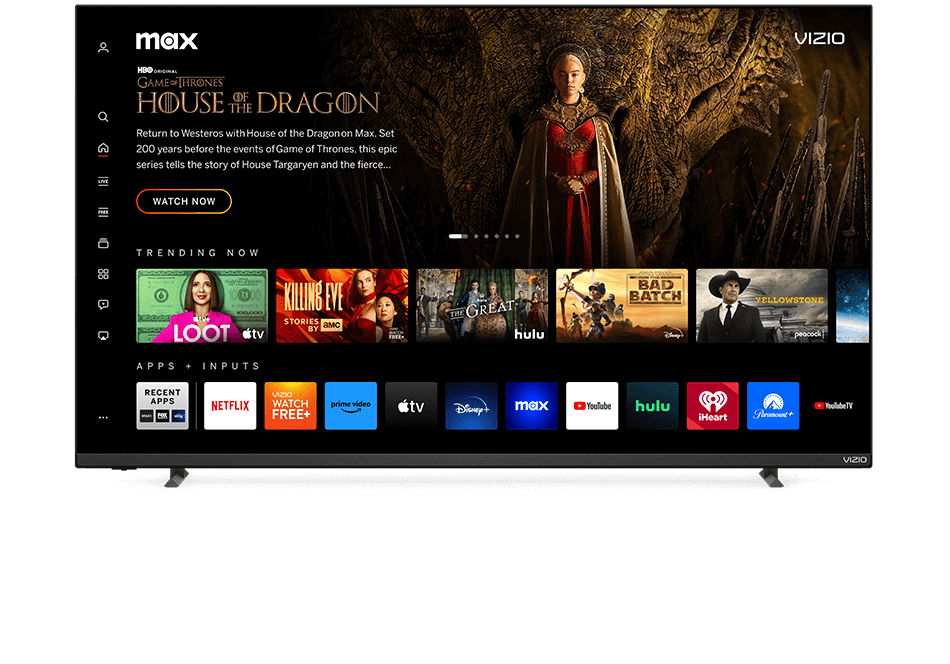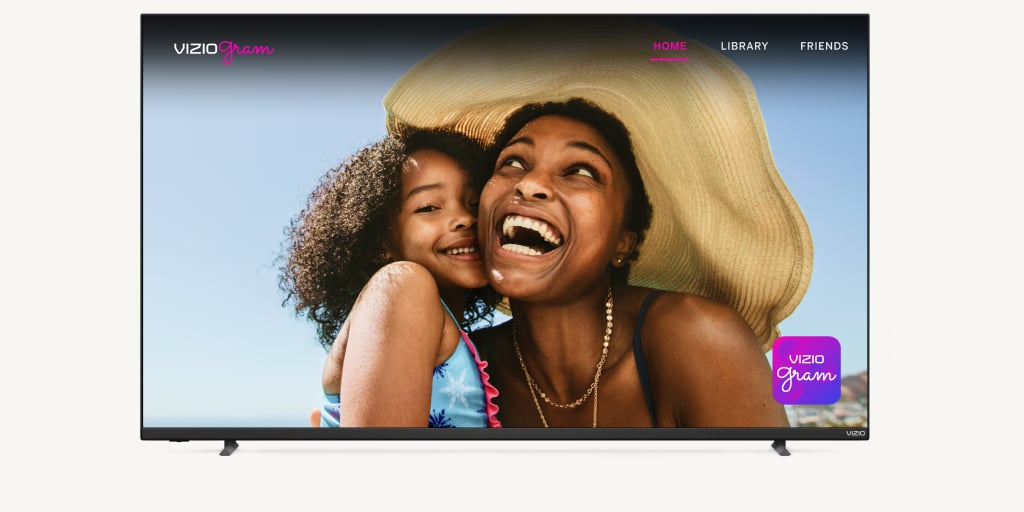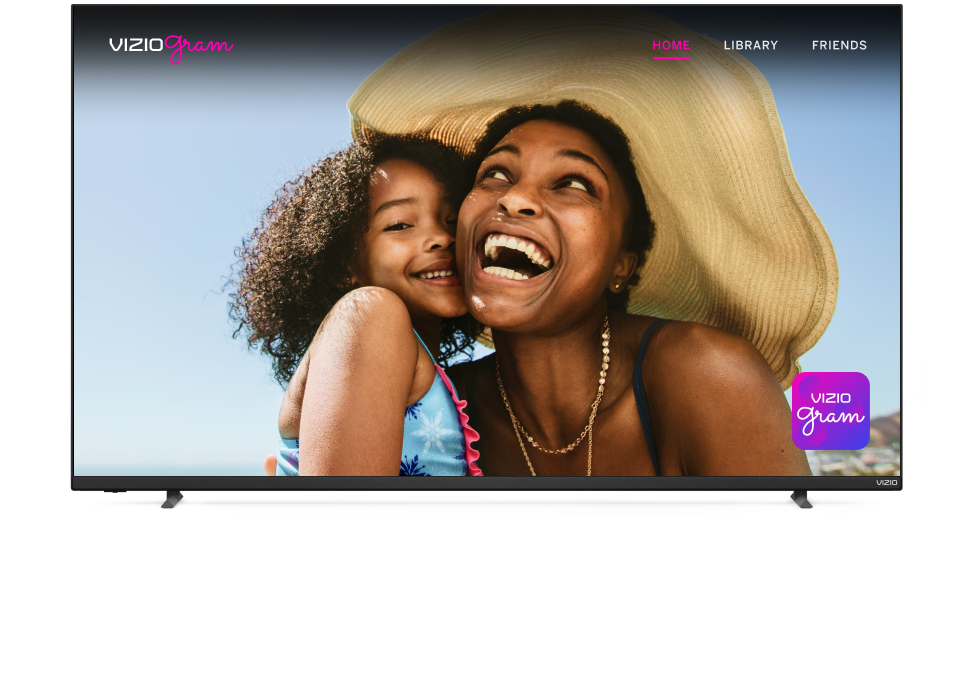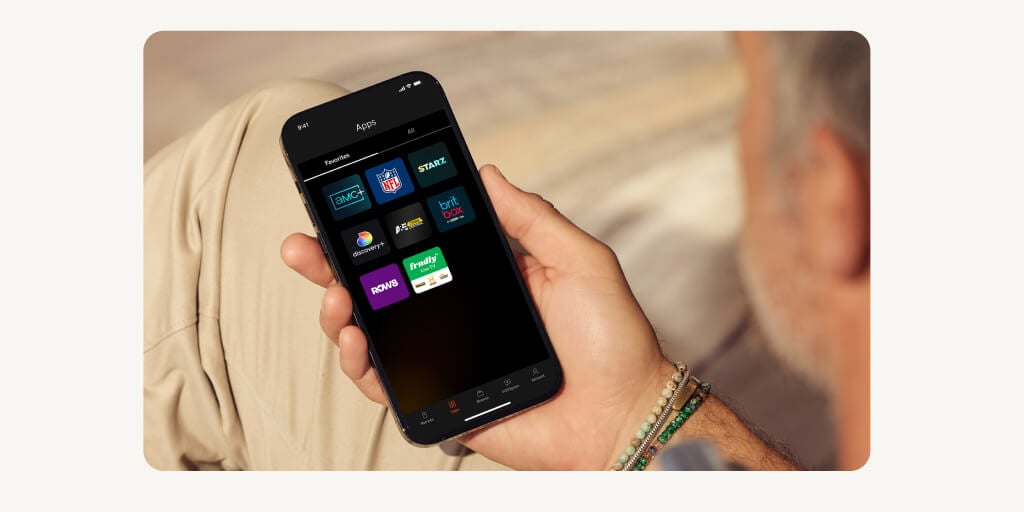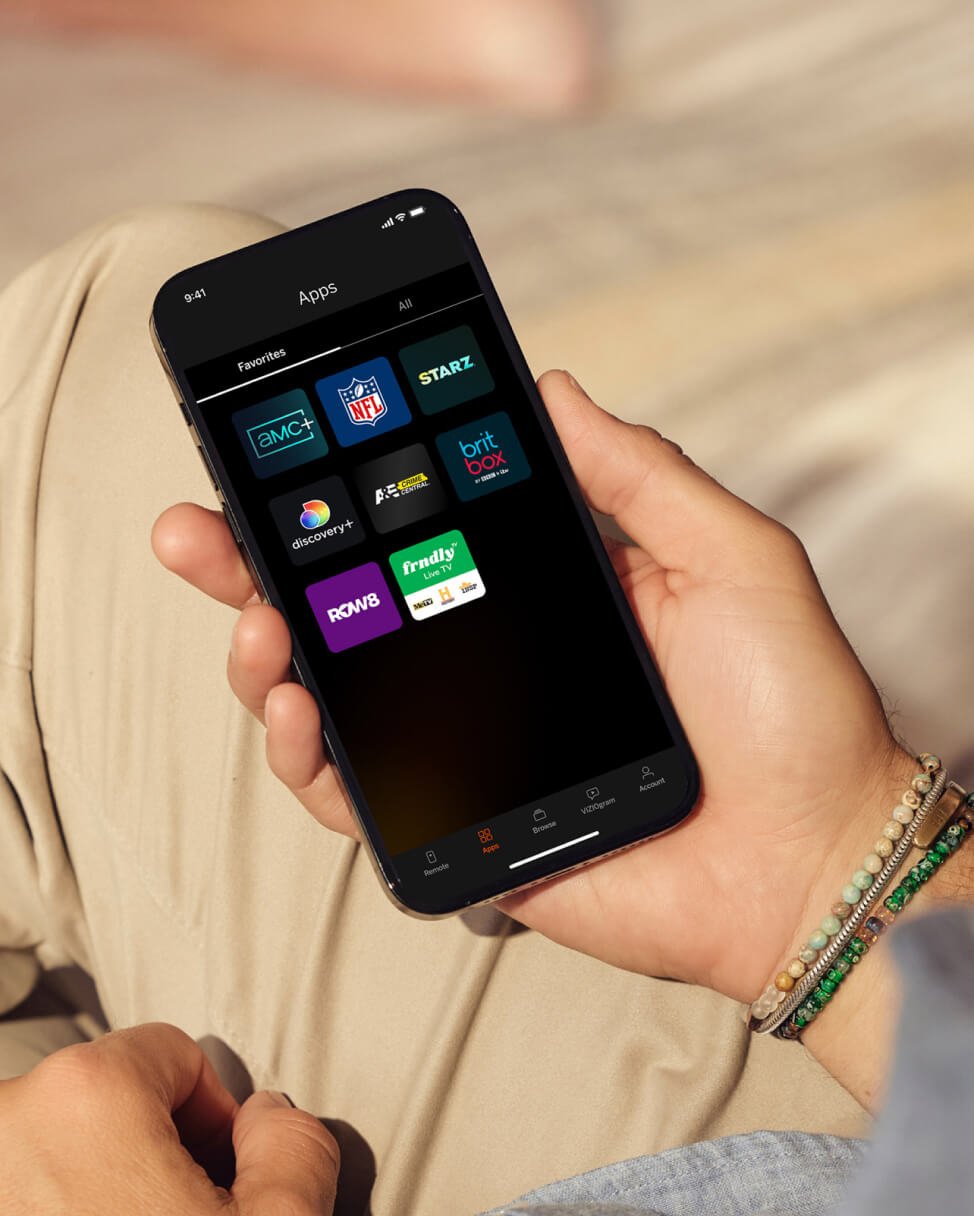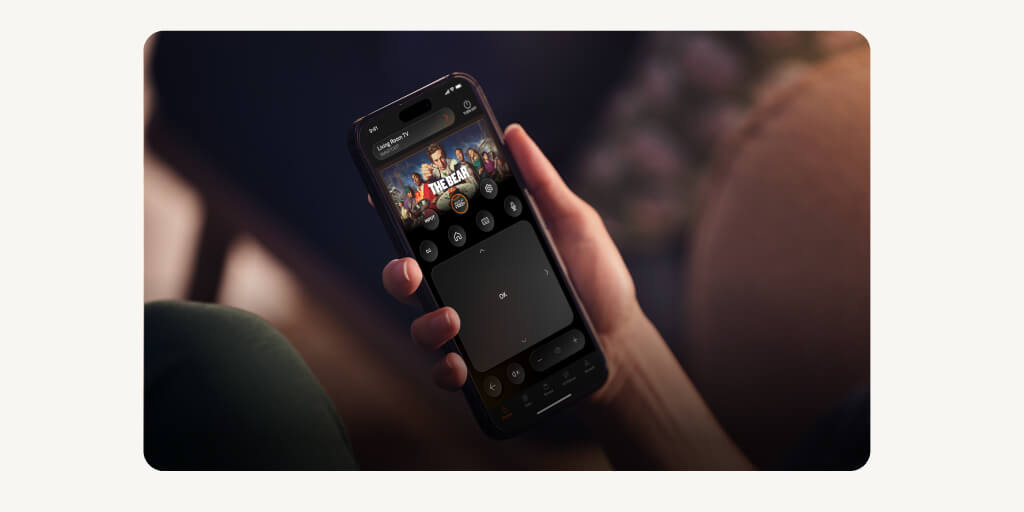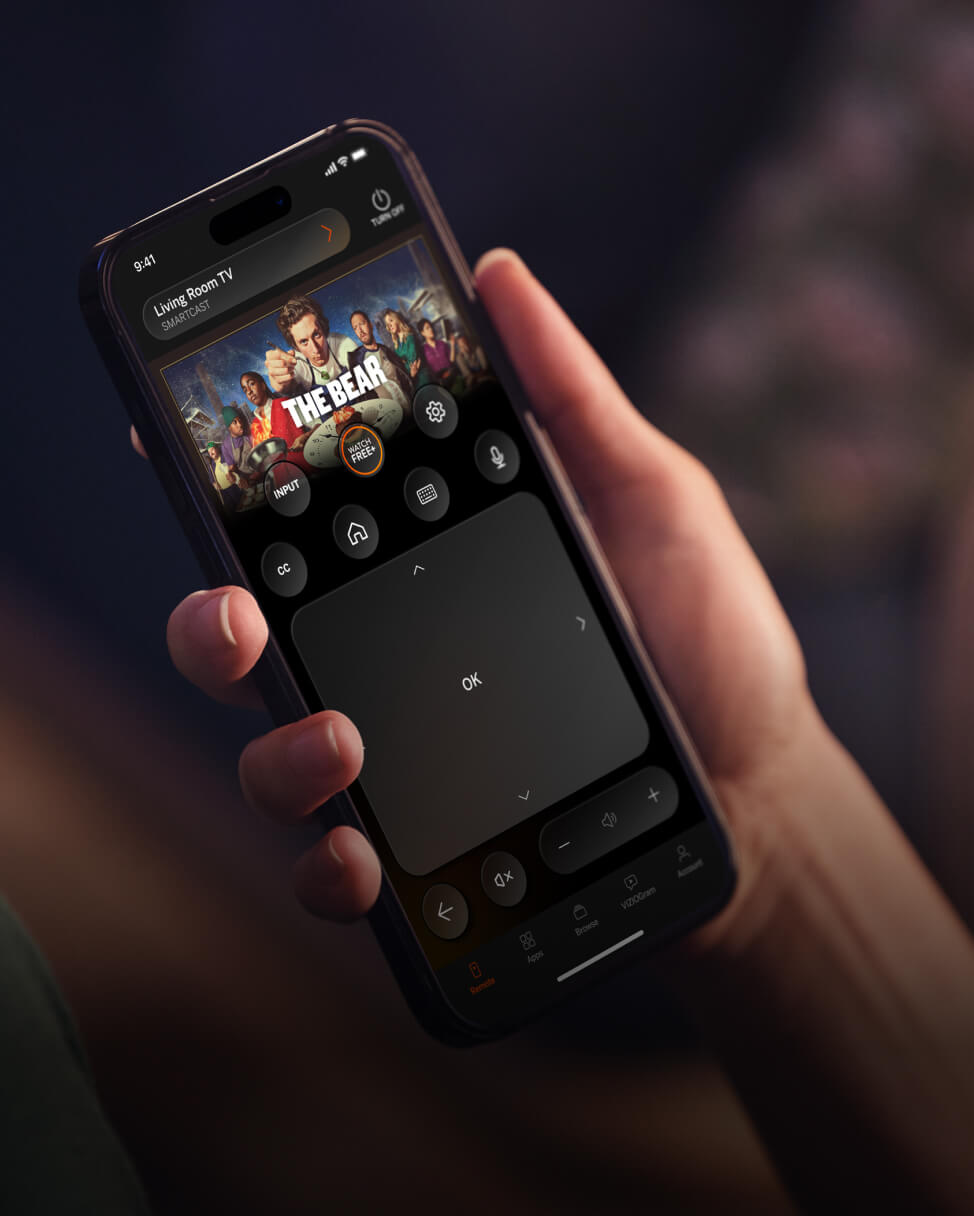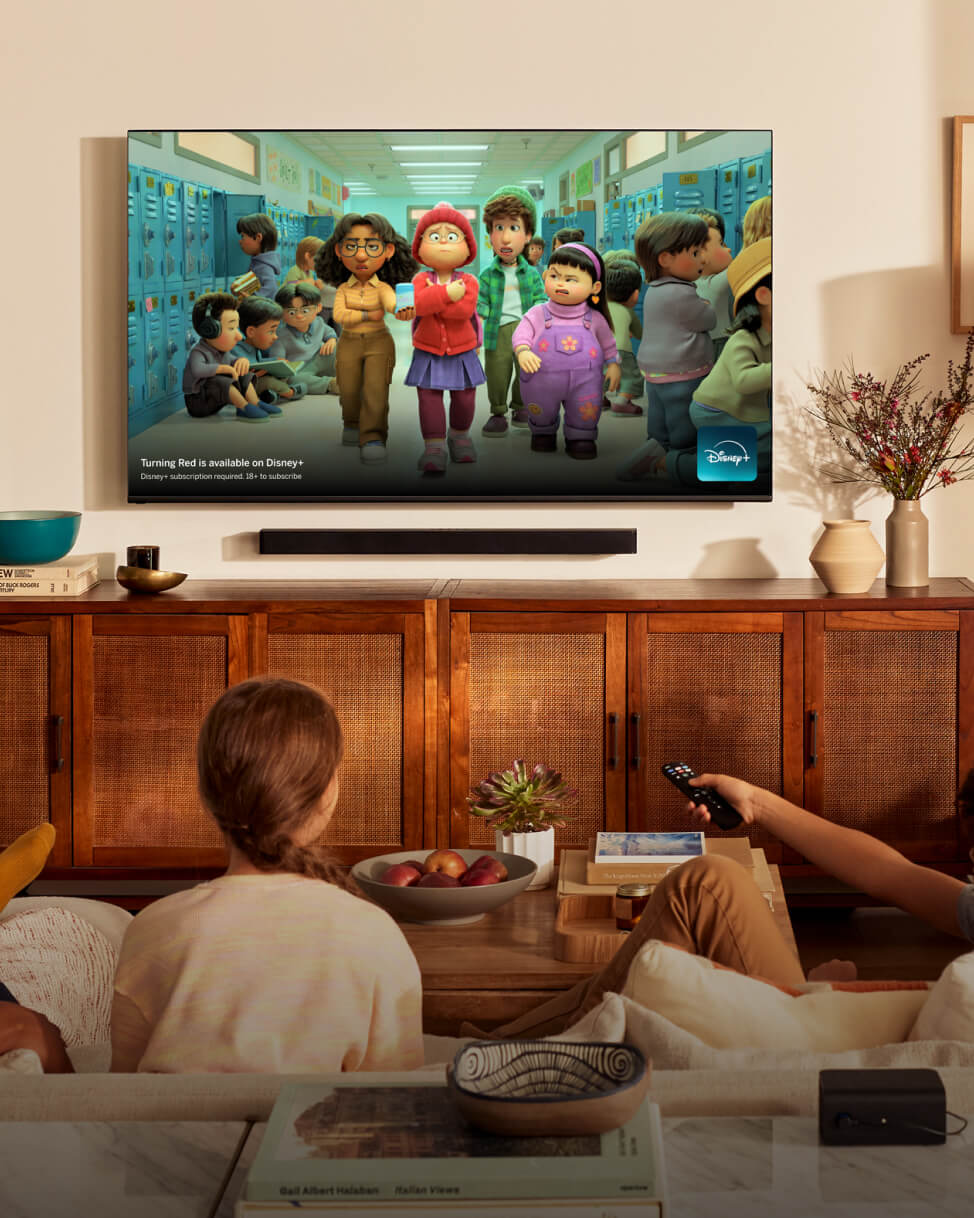Review: VIZIO Co-Star Google TV
Oh come on, yes you have heard of Google TV. We may be late the Vizio Co-Star review party, but over the 4 months that I’ve had this device I’ve watched it improve and become the type of Google TV box that my Logitech Revue just couldn’t grow into.
The Vizio Co-Star was the first of the second generation Google TV devices to hit the scene, and though there have been other entrants since, it remains a bestseller. Normally, we have just a few weeks with a device loaned for review, but the timing ran me up against the Vizio presentation at CES this year, and then there was the Google TV 3.0 update that came to my review device in early March, so I’ve had and used this device for a very long time.
Had this review been written sooner, I’d have different feelings about the device. Given time, I’ve experienced the effort that Vizio has put into improving the Co-Star and ironing out the issues that exist in all new products.
Overview
The Co-Star is a companion set-top-box that Google refers to as a Buddy Box. With it, you can turn any TV with an HDMI input into a smart TV, regardless of the TV’s built in capabilities. The idea is to bring together your pay or over-the-air television service with all that’s available on the Internet, and make it searchable and discoverable. It’s an ambitious goal, but even in its earliest form, Google TV was an insanely useful add-on feature in my entertainment center.
The Co-Star brings a smaller footprint, a remote that I actually have come to love and the first OEM overlay that I think is actually useful, and a vast improvement over the standard Google vision for what a UI should be like.
I use the Co-Star as the guide for my DirecTV DVR, I search my program guide, Netflix, Amazon Instant Video and HBO Go from one interface instead of four, and I find the things that I want to watch quickly and easily. In my use case, I also stream all of my online content from the Co-Star as well.
Hardware
The Co-Star is a tiny little box, larger than a Roku or an Apple TV, but insanely small compared to previous versions of Google TV hardware. Gone is the near Blu-ray player sized Revue, and in its place is a box that has disappeared into my TV stand atop my DirecTV DVR.
Also gone is the full sized keyboard remote that the Revue was famous for, as well as the difficult to use palm sized keyboard that was added on to my Revue. In their place is a much more convenient, if oddly shaped two-sided remote that adds the QWERTY keyboard to the back side.
The remote is definitely a fatty, but with thick batteries on one end, and a keyboard on the backside, fat was the only option available to keep the keyboard flat and useable. The remote also includes three branded buttons at the top for M-Go, Amazon Instant Video and Netflix.
I am not a fan of branded buttons or remotes, but I do regularly make use of the buttons for Amazon and Netflix. M-Go just became available for use in the last several weeks and I’ve yet to use that button, or the service. We’ll talk more about that later.
All of the things that the Revue never was from a hardware standpoint: small, lightweight, quiet and easily ignorable, that’s what the Co-Star is for me. After a week, the Co-Star became as stealth in my setup as the Roku it sits next to. The real test however was my one year old daughter. She grabs for lots of things on the TV stand, including the DVR, but not the Co-Star.
To read the rest of this article, please click here.
